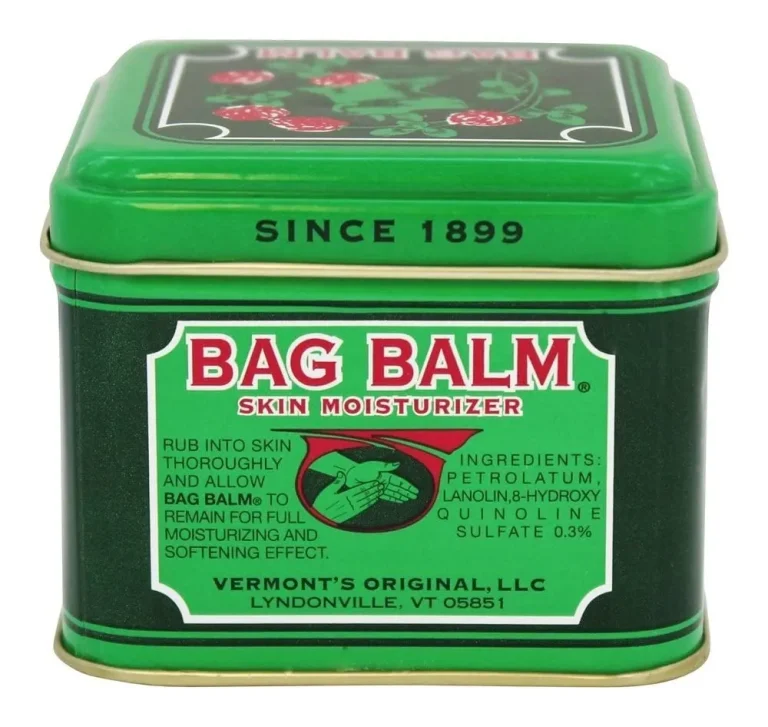WHAT IS A POINT OF FOCUS DURING HEALTH INSPECTION?
I. Introduction
A. Definition of Health Inspection
Health inspection refers to the thorough examination of a business’s operations to ensure compliance with health and safety regulations. These inspections are typically carried out by government agencies to safeguard public health.
B. Importance of Health Inspections
The significance of health inspections cannot be overstated. They serve as a preventive measure, identifying potential risks and ensuring businesses adhere to guidelines that promote a safe and healthy environment.
II. Regulatory Standards
A. Overview of Health Regulations
Health regulations are established to set the standard for businesses, outlining the necessary practices to maintain a hygienic and safe environment. These regulations vary across industries but share the common goal of protecting public health.
B. Compliance Requirements for Businesses
Businesses are expected to comply with a set of rules and regulations to ensure the well-being of their customers and employees. Non-compliance can result in severe consequences, making it imperative for organizations to stay informed and adhere to these standards.
III. Key Areas Inspected
A. Food Handling and Storage
One of the primary focuses during health inspections is the proper handling and storage of food. Inspectors assess whether businesses follow guidelines to prevent contamination, ensuring the safety of the end consumer.
B. Sanitation Practices
Maintaining a clean and sanitary environment is vital in preventing the spread of diseases. Inspectors evaluate businesses on their sanitation practices, including cleaning schedules and the use of appropriate cleaning agents.
C. Employee Hygiene
The personal hygiene of employees is a critical aspect of health inspections. Businesses must enforce policies that ensure staff members adhere to hygiene standards, minimizing the risk of contamination.
D. Facility Cleanliness
From kitchen surfaces to restrooms, every part of the facility is inspected for cleanliness. Businesses must maintain a high level of hygiene to create a safe environment for both customers and employees.
IV. Inspection Frequency
A. Regular Inspections
Scheduled inspections are conducted at predetermined intervals to assess a business’s ongoing compliance. These inspections give businesses the opportunity to rectify any issues before they escalate.
B. Surprise Inspections
Unannounced inspections add an element of unpredictability, ensuring businesses are consistently following regulations, even in the absence of advance notice.
C. Follow-up Inspections
Following a previous violation, businesses may undergo follow-up inspections to confirm that corrective actions have been taken.
V. Preparation for Health Inspection
A. Staff Training
Properly trained staff are essential in maintaining compliance. Regular training sessions ensure that employees are up-to-date on health and safety protocols.
B. Documentation
Keeping accurate records of cleaning schedules, employee training, and other relevant activities provides evidence of compliance during inspections.
C. Mock Inspections
Conducting mock inspections internally helps businesses identify potential issues and address them proactively, improving their chances of passing official inspections.
VI. Common Violations
A. Cross-Contamination
Failure to prevent cross-contamination can lead to the spread of foodborne illnesses. Businesses must implement measures to separate raw and cooked foods adequately.
B. Temperature Control
Maintaining proper temperatures for food storage and preparation is crucial. Violations in temperature control can result in bacterial growth and compromise food safety.
C. Poor Hygiene Practices
Inadequate employee hygiene, such as improper handwashing, can contribute to the spread of illnesses. Businesses must enforce strict hygiene protocols.
D. Pest Control
Infestations of pests pose a significant risk to health. Inspectors check for evidence of pests and assess the effectiveness of pest control measures.
VII. Consequences of Non-Compliance
A. Fines and Penalties
Businesses found in violation of health regulations may face fines and penalties, impacting their financial stability.
B. Reputation Damage
Non-compliance can lead to a damaged reputation, resulting in a loss of customer trust and potential business closure.
C. Closure Orders
In extreme cases, non-compliance may lead to temporary or permanent closure orders, severely affecting the business’s viability.
VIII. Benefits of Compliance
A. Customer Trust
Compliance fosters trust among customers, assuring them that the business prioritizes their health and safety.
B. Business Sustainability
Sustainable business practices, including compliance with health regulations, contribute to long-term success and resilience in the market.
IX. Technology in Health Inspections
A. Digital Record-Keeping
The integration of digital systems for record-keeping streamlines the inspection process and facilitates easy retrieval of necessary information.
B. Inspection Apps
Mobile applications designed for health inspections enhance efficiency, allowing inspectors to conduct thorough assessments with real-time data entry.
X. Emerging Trends in Health Inspection
A. Remote Inspections
Advancements in technology have enabled remote inspections, providing a convenient and efficient alternative to on-site visits.
B. AI-Assisted Inspections
Artificial intelligence is increasingly being used to enhance the accuracy and speed of inspections, improving overall effectiveness.
XI. Challenges in Health Inspections
A. Resource Limitations
Some businesses may struggle to allocate sufficient resources to meet compliance standards, leading to potential challenges during inspections.
B. Evolving Regulations
The continuous evolution of health regulations poses a challenge for businesses to stay updated and adapt to changing requirements.
XII. Improving Health Inspection Scores
A. Continuous Training
Ongoing training programs ensure that employees remain knowledgeable about the latest health and safety protocols.
B. Regular Audits
Conducting internal audits helps businesses identify areas for improvement, allowing them to proactively address potential issues.
XIII. Case Studies
A. Successful Compliance Stories
Highlighting successful cases of businesses excelling in compliance can serve as inspiration and provide practical insights.
B. Learning from Failures
Examining instances of non-compliance and the resulting consequences helps businesses learn from mistakes and avoid similar pitfalls.
XIV. The Future of Health Inspections
A. Technological Advancements
Continued advancements in technology will likely shape the future of health inspections, making the process more efficient and data-driven.
B. Global Harmonization
Efforts to harmonize health inspection standards globally will promote consistency and facilitate international trade.
XV. Conclusion
In conclusion, maintaining a focus on key areas during health inspections is crucial for businesses to thrive. By understanding regulatory standards, preparing adequately, and leveraging technology, businesses can not only meet but exceed health inspection requirements. Compliance not only ensures legal adherence but also contributes to building customer trust and sustaining long-term success in the competitive market.






